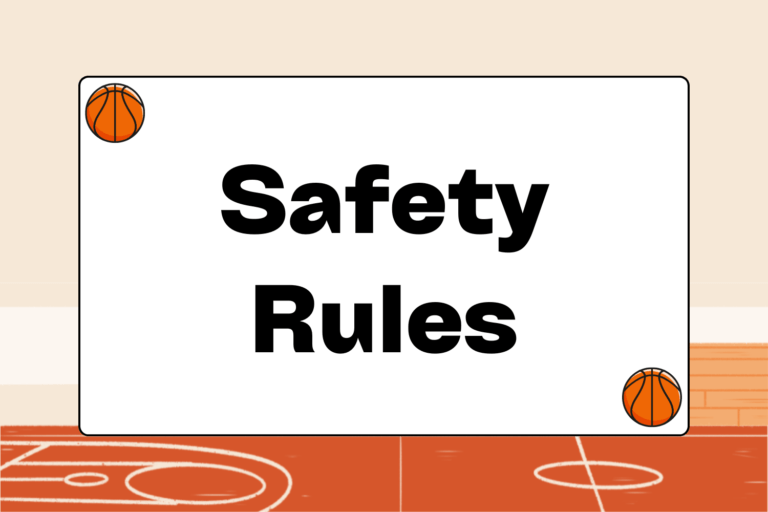Like shooting or passing, the ability to set an effective screen is a fundamental skill that every hoopster should master early on. However, it should be noted that the effectiveness of a screen does not rest solely on the shoulders of the player setting the screen. A screen, or pick, is only useful when it is used correctly in the context of an offensive set. That’s why players need to know how to both set and use a pick. A successful screen is always the product of teamwork.
This guide addresses the fundamentals of setting a screen, and breaks down what the involved players need to do in order to use the pick effectively.
Fundamentals of Setting the Screen
When setting a screen, the goal is to help a teammate get open by disrupting the path of the defender guarding your teammate. Unfortunately for you (or fortunately, depending on your outlook), a collision with the opponent is all but guaranteed in the process. Making contact with the defender is a must when setting a screen. Here are a few more key points to keep in mind when attempting to pick off an opponent:
Posture
Your feet should be shoulder-width apart, with your body weight evenly distributed. A good way to ensure balance when preparing to set a screen is to jump stop into the position described above. Once your feet are set, either cross your arms over your chest (females) or place your arms in the center of the body with your hands shielding the crotch area (males). This positioning of the arms will ensure extra protection for sensitive areas of the body.
Hot Tip: Stay Set
The screener must remain stationary and avoid moving his feet, legs, or upper body into the defender once he is set. If the offensive player moves during the pick, the referee will whistle for an illegal screen, resulting in a turnover.
Placement of the Screen
The position of the screen in relation to the defender will largely determine its effectiveness; however, this aspect of the skill is often overlooked.
Screens should always be set perpendicular to the expected path of the defender. This position will cause the defender to completely change his route. But the angle of the pick isn’t the only critical factor; distance is also significant. Generally, you’ll want to set the screen approximately an arm’s length away from the defender. There are situations in which you may want to inch even closer, but you will rarely set a screen further away — you don’t want the defender to be able to anticipate it.
Hold for Contact
Too many players make the mistake of releasing the screen (rolling towards the basket) early. To avoid this mishap, make sure to hold your ground until the defender makes contact and your teammate runs by the screen.
Types of Screens
There are several different kinds of screens. A few of the more popular ones are highlighted below. Though they differ in name and direction, the basic mechanics for each are the same as those outlined above.
- Down screen:This type of screen is generally used to free up perimeter players. The player receiving the screen will execute a V-cut (diagonally towards the baseline).The screener will then move towards the baseline to set the pick. Generally, the screener is coming from the high post area.
- Cross screen: Any screen in which the screener moves laterally to set the pick is called a cross screen. Most often, these types of screens are set in the low-post area.
- Back screen: Very effective against a defense that is over-playing. The back screen is set by an offensive player moving away from the basket. Once the screen is set, the cutter will break either over the top or underneath the screen and towards the basket.
How to Receive a Screen
In order for the screen to be effective, the player receiving the screen must do his part. It is the receiver’s responsibility to drive the defender into the pick. Follow this additional advice and you’ll be open before you know it:
Set up the Defender
Most people won’t willingly walk into a trap, which is why you’ll have to enact a bit of trickery to lure the defender into a screen. The best way to do this is to take two or three steps in the opposite direction of the pick and then quickly cut back towards the screen. This maneuver is called a “V-cut.”
Cut Directly Off the Screen
The closer the receiver cuts off the screen, the more effective the screen will be. So wait until the screener is in position and set, and then run by the screen, making shoulder contact with the screener as you cut.
Worth Doing it Right
The screen is one of the most effective methods for getting open in basketball. But remember: A well-executed screen requires teamwork and communication. That’s why every player on the court should be well-versed in the fundamentals of setting and receiving screens. Follow these tips and you’ll stay a step ahead of your opponents.





